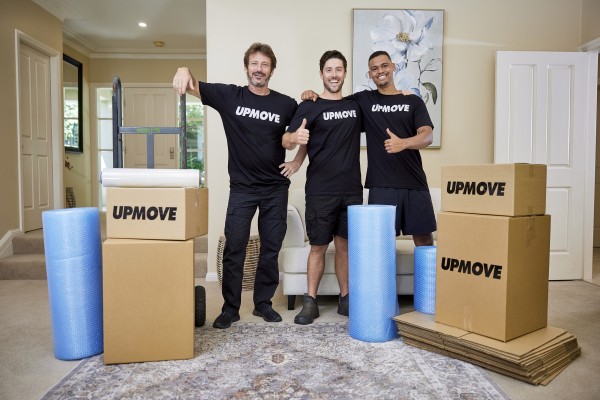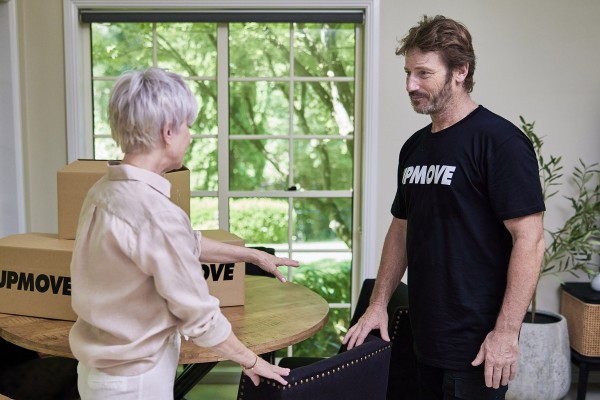Moving out guide for renters in Australia

Whether you’re moving out of your first rental or your fifth, wrapping up a lease comes with a long list of things to tick off - and a few traps to avoid. From knowing how much notice to give (or expect from your landlord) to getting your bond back in full, it pays to be prepared.
This guide is here to walk you through the entire process, with tips for first-time renters, timelines to keep you on track, state-by-state notice period rules, and advice on everything from cleaning to breaking a lease.
Let’s dive in.
First time renters - what you need to know

New to renting? It can feel like stepping into a whole new world of paperwork, inspections, and acronyms you’ve never heard of. This section breaks down the essentials — from what a tenancy agreement actually is, to how to inspect a property like a pro. If you’re renting for the first time, this is your quick-start guide.
What is a Residential Tenancy Agreement?
A Residential Tenancy Agreement is a legal contract between you and your landlord outlining the terms of your rental, including rent, length of the lease, and responsibilities.
What is a Condition Report?
A Condition Report is a document that records the state of the property when you move in. This helps determine any damage or wear and tear when you leave and plays a role in your bond return.
How to find a property and attend inspections
Start by browsing listings on property websites or contacting agencies. Be clear about your budget and needs. Always attend property inspections to assess the condition and ask questions about terms and fees.
Tips for applying successfully
- Be organised: Have all documents ready — references, proof of income, and rental history.
- Follow up: After submitting your application, follow up to show your interest and enthusiasm.
Giving notice - what you (and your landlord) need to know

When it’s time to move out — whether by choice or request — the first step is giving the right amount of notice. Australian tenancy laws vary by state and territory, and both tenants and landlords have different notice period requirements depending on the reason for ending the agreement and whether it’s a fixed-term or periodic lease.
Below, we’ve broken it all down by state/territory to make sure you’re across the rules, whether you’re the one choosing to move out — or are being asked to.
New South Wales
How much notice does a landlord need to give a tenant to move out in NSW?
- 30 days notice for fixed-term leases at the end of the agreement
- 90 days notice for periodic leases (no specific reason required)
- 14 days notice for breach of agreement (e.g., unpaid rent, property damage)
How much notice does a tenant need to give a landlord to move out in NSW?
- 14 days notice for fixed-term leases at the end of the term
- 21 days notice for periodic leases
- 14 days notice for tenant breach of agreement (or apply to NCAT to formally terminate)
Victoria
How much notice does a landlord need to give a tenant to move out in VIC?
-
60 days notice for fixed-term leases, or if the property is needed for selling, major renovations, or landlord move-in
How much notice does a tenant need to give a landlord to move out in VIC?
- 28 days notice for both fixed-term leases ending or periodic leases
- Less notice may be possible if the property is unlivable or the landlord breaches the agreement (apply to VCAT)
Queensland
How much notice does a landlord need to give a tenant to move out in QLD?
- 2 months notice for fixed-term or periodic leases
- 7 days notice if the tenant breaches the agreement (e.g., damage, non-payment)
How much notice does a tenant need to give a landlord to move out in QLD?
- 14 days notice for both fixed-term leases (at the end) or periodic leases
- 7 days notice if the landlord hasn't fixed a breach of the agreement
Western Australia
How much notice does a landlord need to give a tenant to move out in WA?
- 30 days notice to end a fixed-term lease at its conclusion
- 60 days notice to end a periodic lease without a reason
- 7–14 days notice for tenant breach of agreement
How much notice does a tenant need to give a landlord to move out in WA?
- 30 days notice for fixed-term leases
- 21 days notice for periodic leases
- Shorter notice may apply for tenant hardship or landlord breach
Northern Territory
How much notice does a landlord need to give a tenant to move out in NT?
- 14 days notice for fixed-term leases
- 42 days notice for periodic leases
- Shorter notice may apply if there’s a breach of agreement
How much notice does a tenant need to give a landlord to move out in NT?
- 14 days notice for both fixed-term leases and periodic leases
- Shorter notice may be possible for tenant hardship or landlord breach
Australian Capital Territory
How much notice does a landlord need to give a tenant to move out in ACT?
- 3 weeks notice for fixed-term leases at their conclusion
- 3 weeks notice for periodic leases
How much notice does a tenant need to give a landlord to move out in ACT?
- 3 weeks notice for both fixed-term or periodic leases
- Shorter notice may be possible if the landlord breaches the lease or there’s a valid hardship reason
South Australia
How much notice does a landlord need to give a tenant to move out in SA?
- 60 days notice for fixed-term leases
- 60 days notice for periodic tenancies
How much notice does a tenant need to give a landlord to move out in SA?
- 28 days notice at the end of a fixed-term lease
- 21 days notice for periodic agreements
- Shorter notice may be possible for urgent issues like health or safety concerns (apply to SACAT)
Tasmania
How much notice does a landlord need to give a tenant to move out in TAS?
- 42 days notice for fixed-term leases at the end of the term or periodic leases (no reason required)
- Same notice applies if the landlord plans to sell or move into the property
How much notice does a tenant need to give a landlord to move out in TAS?
-
14 days notice for both fixed-term leases and periodic leases
Deep cleaning for renters moving out
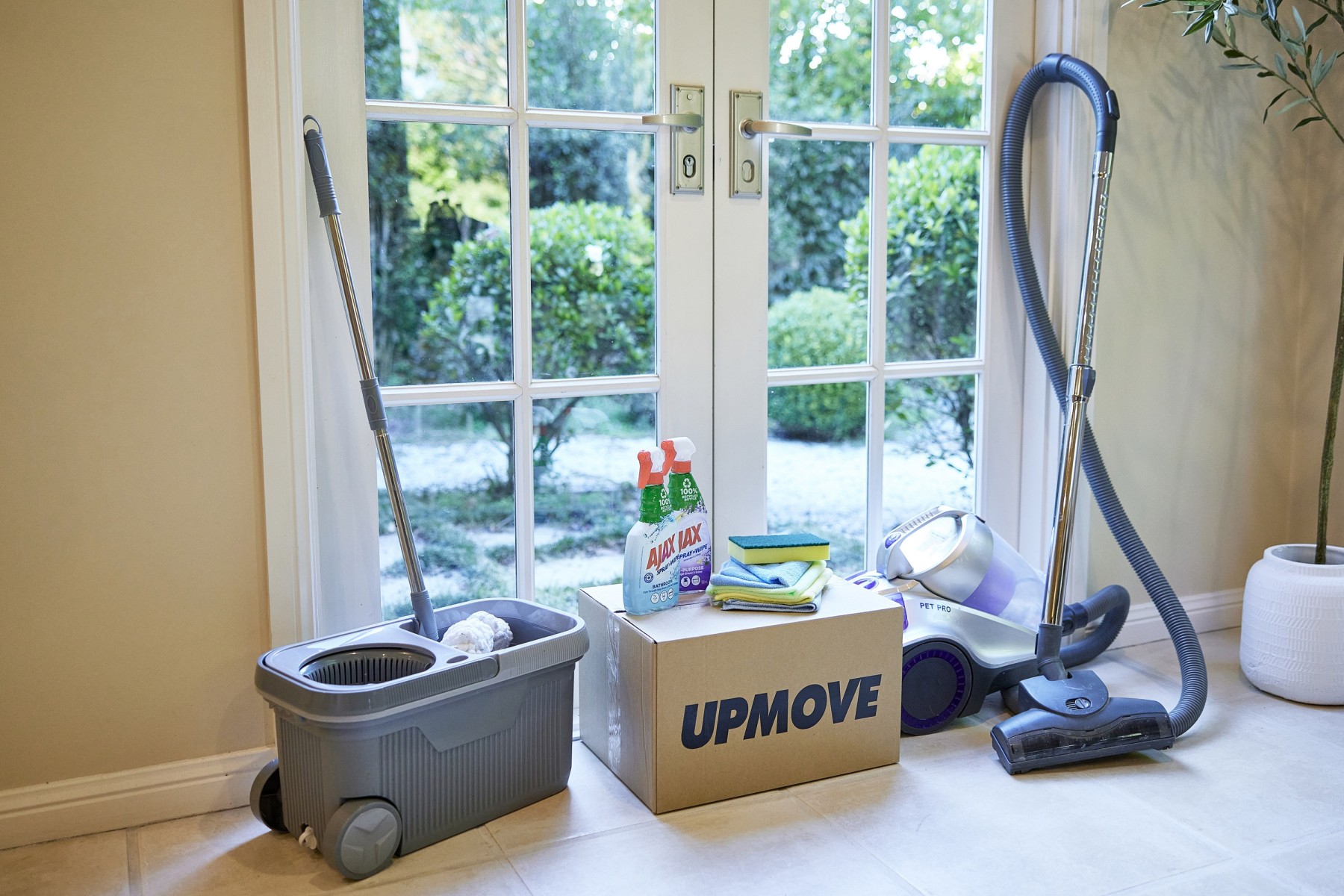
Cleaning your rental thoroughly is key to getting your bond back in full. Here’s how to do it:
- Kitchen: Clean the oven, stovetop, fridge, and microwave.
- Bathroom: Scrub tiles, grout, and mirrors.
- Floors: Vacuum all floors and consider steam cleaning carpets.
- Windows & curtains: Clean windows and wipe down blinds.
- Walls & light fittings: Remove scuff marks and dust light fittings.
- Behind furniture: Dust under couches and fridges.
- Air conditioning: Clean filters and vents.
- Light switches: Wipe down frequently touched areas.
What you need to know about your bond
Common reasons tenants lose their bond
- Cleanliness: Missed spots can lead to bond deductions.
- Damage: Any property damage will cost you.
- Unpaid rent: Ensure all rent is paid.
- Leaving items behind: Don’t leave anything behind when you leave.
By cleaning carefully and avoiding these mistakes, you’ll maximise your chances of getting your bond back in full.
What can a landlord claim your bond for?
When moving out, it’s important to know what a landlord can claim your bond for.
Valid reasons for claiming bond
Landlords can claim your bond for:
- Damage to the property: Any repairable or irreparable damage, from broken windows to damaged carpets.
- Unpaid rent: If you leave without paying any outstanding rent.
- Cleaning issues: If the property isn’t cleaned to the agreed standard, especially in areas that are usually overlooked.
- Leaving belongings behind: Anything left in the property can incur a charge for removal or disposal.
Can landlords access your bond during your tenancy?
Landlords generally can’t access your bond during your tenancy, unless there's damage, unpaid rent, or other lease breaches that require attention. They must wait until you move out to assess if they need to claim against the bond.
What to know if you're disputing a bond claim
If you disagree with a bond claim, you can dispute it through the relevant tribunal in your state or territory. Make sure to keep records of your cleaning, repairs, and communications with your landlord to support your case.
The costs of moving out for renters
Moving out comes with several costs to consider:
- Bond (and when you get it back): You’ll typically pay a bond when you sign the lease. Once you move out and the landlord assesses the property, you can expect it back if everything’s in good condition. Keep in mind, bond returns can take time (usually 14–30 days).
- Rent in advance: Some leases require rent in advance, which may be refundable if you’ve paid more than necessary.
- Renters insurance: If you have renters insurance, it can cover damages to the property or your belongings during the tenancy.
- Cleaning costs: Whether you hire cleaners or do it yourself, deep cleaning will often be needed. Hiring professionals can cost between $200–$600 depending on the size of the property.
- Removalist costs: Moving your belongings is one of the biggest costs. Check Upmove for quotes on affordable removalists.
- Utility disconnections/reconnections: Be prepared to pay for utility disconnections or reconnections. It’s also a good idea to notify your provider well in advance to avoid any extra charges.
Moving-out checklist for renters
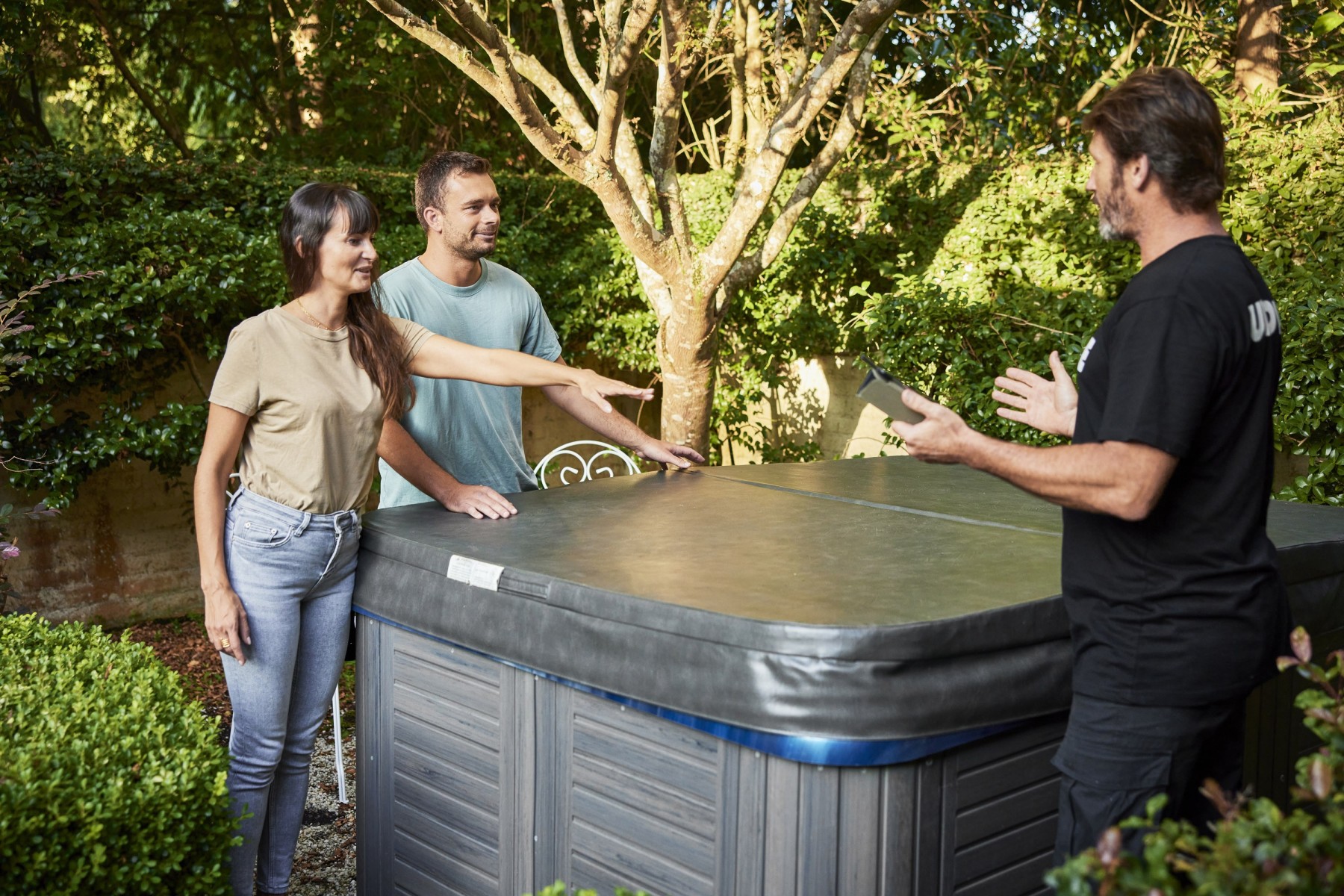
Planning ahead makes the move much smoother. Here's a practical countdown-style checklist:
1 month before:
- Give notice: Notify your landlord according to the notice period required in your state.
- Deep clean: Start planning your cleaning strategy.
- Book removalists: If you’re hiring removalists, secure your booking now.
2 weeks before:
- Start packing: Begin packing non-essential items and get organised.
- Redirect mail: Set up mail redirection with Australia Post.
- Finalise utilities: Contact your utility providers to arrange disconnections or transfers.
1 week before:
- Final inspection prep: Ensure the property is in great condition for the final inspection.
- Finish cleaning: Do any final cleaning touches to avoid losing part of your bond.
Moving day:
- Handover keys: Ensure you return all keys, remotes, and garage openers.
- Attend final inspection: Go with your landlord for the final inspection and address any concerns on the spot.
After moving:
- Follow up on bond return: Keep track of the bond return process.
- Update address: Update your address with banks, the post office, and any other relevant organisations.
Special situations
Moving out of a sharehouse
When only one person leaves vs everyone: If only one person leaves, make sure the lease is updated. If everyone moves out, the landlord will likely end the lease and may inspect the property for damage.
Moving out when you're not on the lease
Subletting, verbal agreements, protections: If you sublet or have a verbal agreement with the landlord, make sure to have written confirmation of your tenancy status to protect your rights. Ensure you leave the property in good condition to avoid issues.
How to break a lease legally
Notice periods, potential costs, re-letting: To break a lease, you must give proper notice according to your state’s laws. Be aware of potential re-letting fees or costs for breaking the lease early. Communicate with your landlord and follow legal requirements to minimise costs.
Moving out of rentals the right way
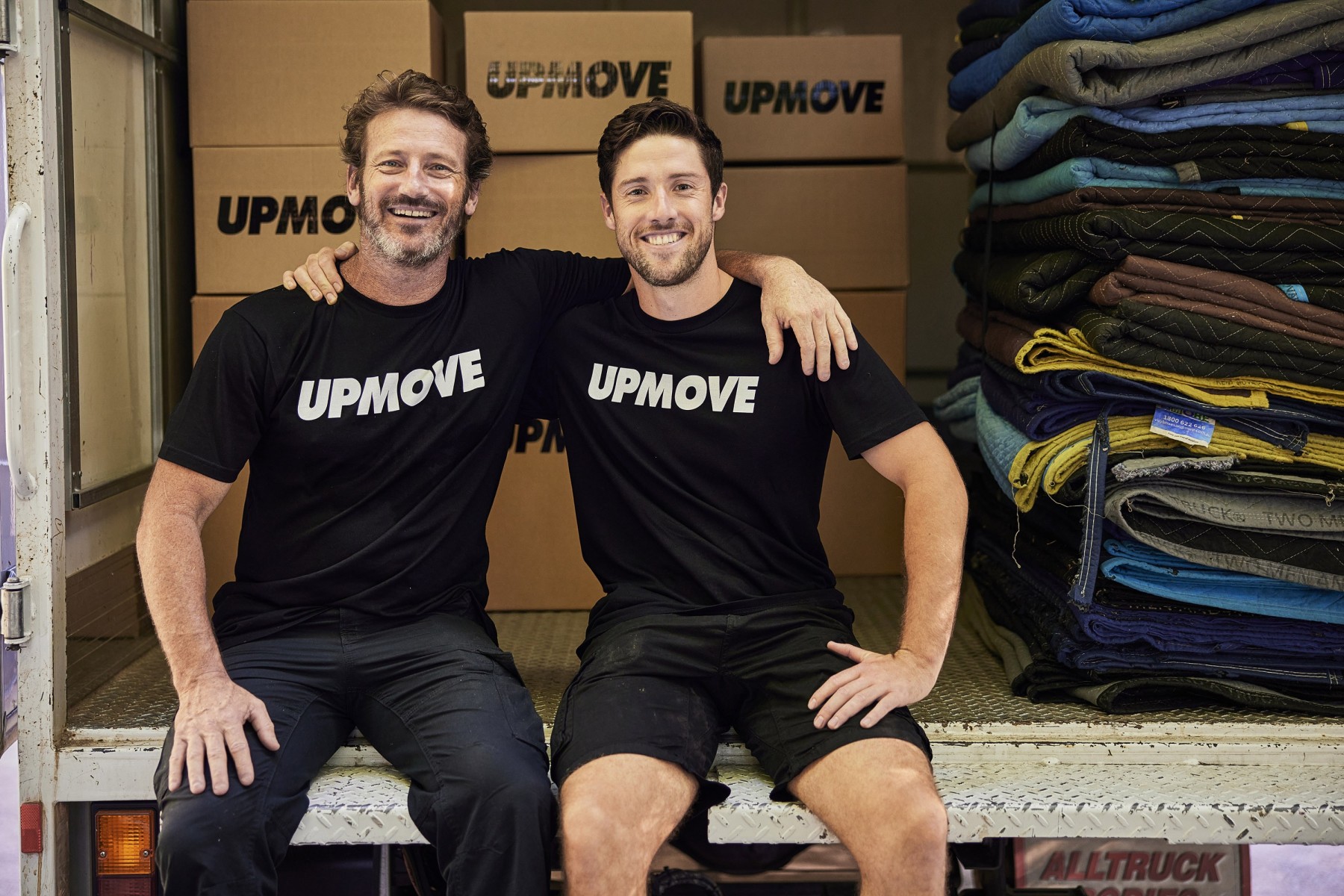
Moving out of a rental can be a bit of a juggle — between giving the right notice, deep cleaning the place, and making sure you get your bond back, there’s a lot to think about. But with the right info and a clear plan, it doesn’t have to be stressful.
This guide has covered everything from notice periods to bond claims, sharehouse exits to first-time renter tips. And when it comes time to actually move your stuff? You can find and book trusted local removalists on Upmove that fits your budget and timeline. One less thing to worry about.
What do our customers say?











